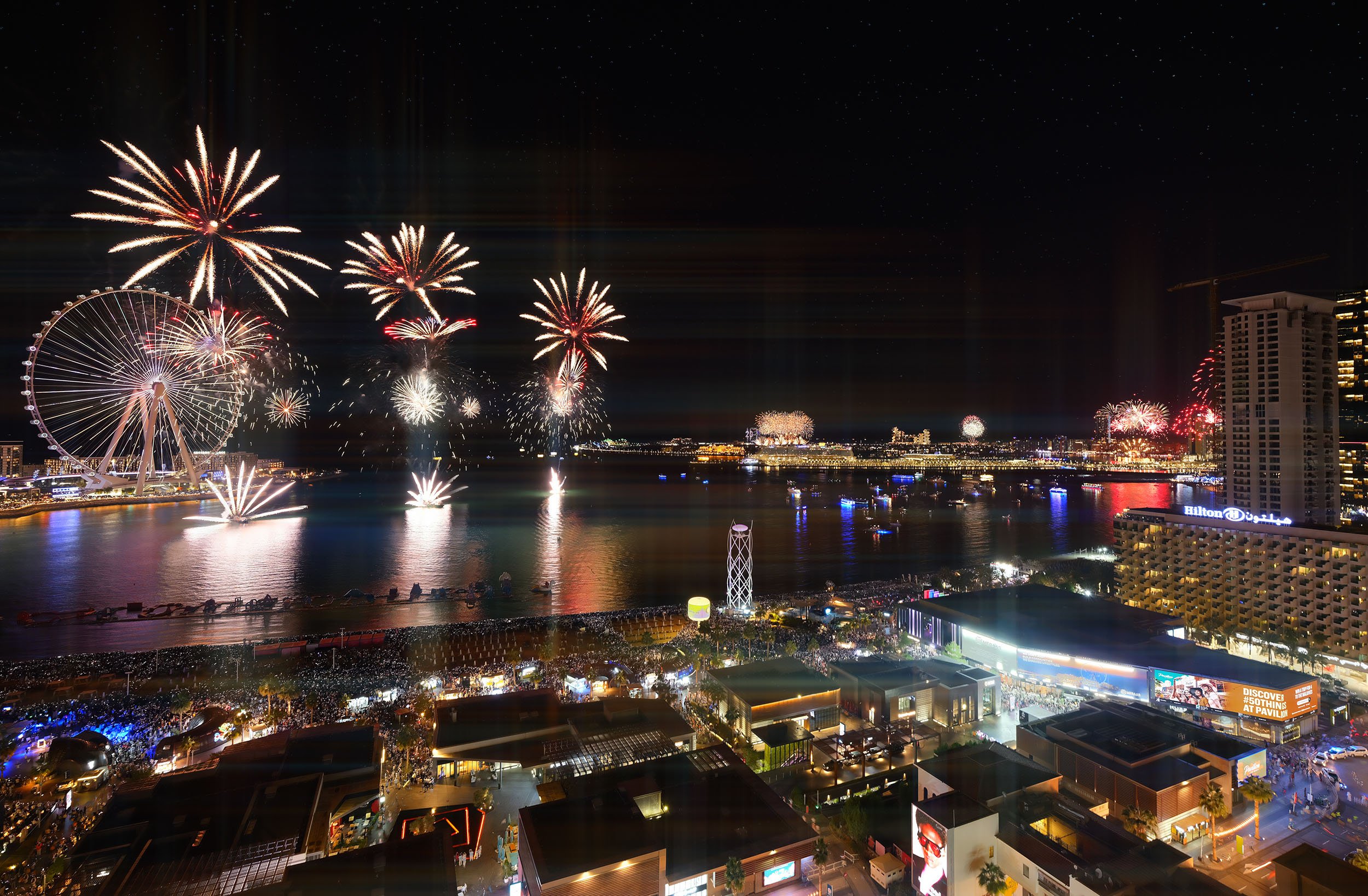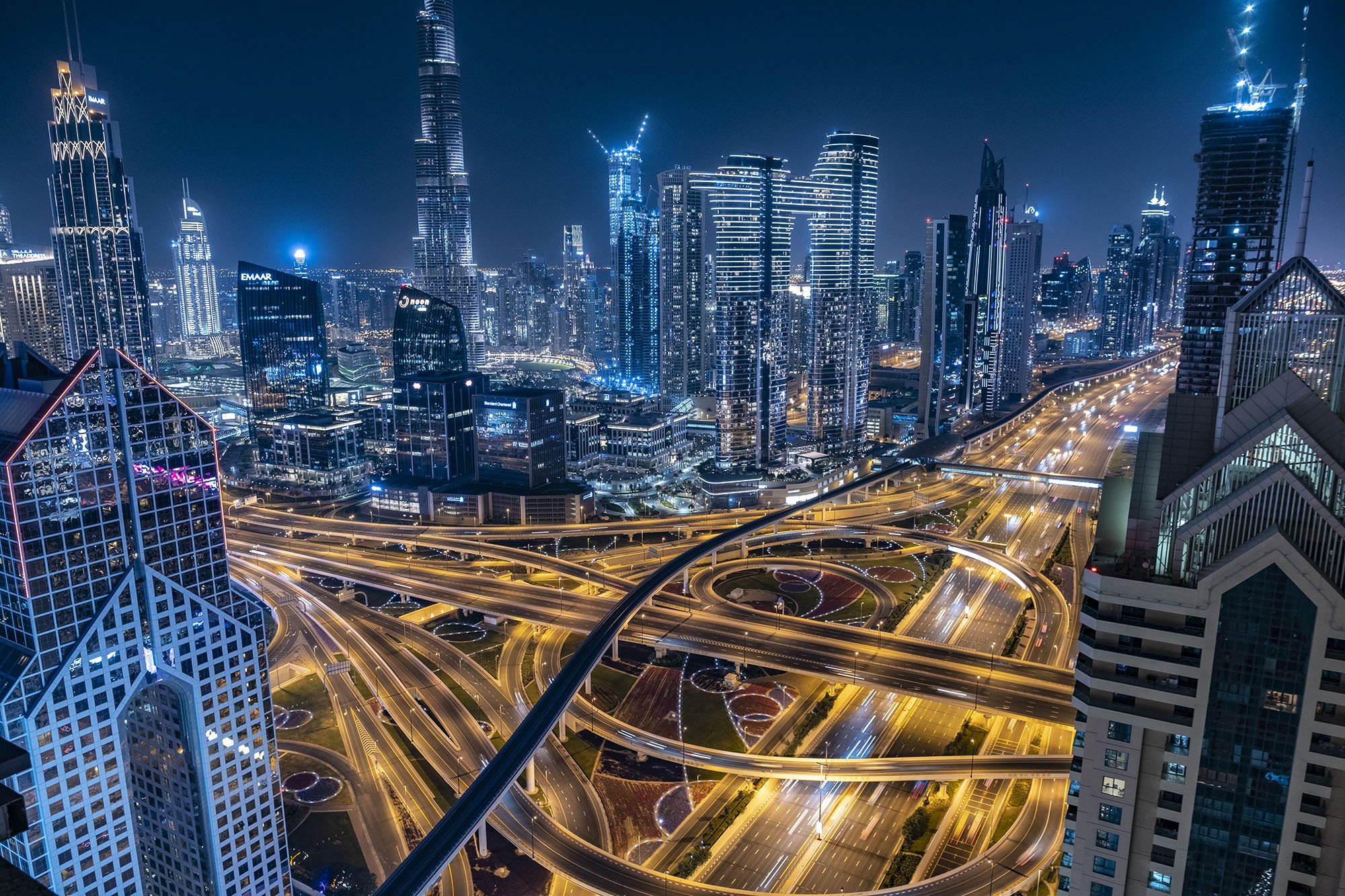As a creative professional, I need a workstation that can handle complex tasks without compromising on performance or quality. That's why I built my own workstation from scratch, using carefully chosen components and some custom-made elements. In this blog post, I will share with you how I did it and what are the benefits of having a custom-built workstation.
Read MoreBLOG
Join me on a journey through the world of photography. My blog covers a range of topics including camera gear reviews, behind-the-scenes of commissioned projects, workshop recaps, and general thoughts on a variety of photography subjects. Follow along as I share my passion for the art and craft of photography.
"IN FOCUS" VIDEO INTERVIEW FOR DUBAI CULTURE & ARTS AND GOOGLE ARTS & culture PROJECT
Back in November 2022, I was approached by Creative Story studio in Dubai to speak about my work, to share inspiring work stories and useful tips for those who are starting out in photography.
Read MoreXPOSURE INTERNATIONAL PHOTOGRAPHY FESTIVAL 2023 in Sharjah is here!
Photography exhibitions. Legendary, world-renowned photographers. Industry experts. Presentations. Film screenings. Workshops. Book signings. Focus groups. Competitions. Latest camera gear & Trade show. Xposure International Photography Festival in Sharjah, UAE is unlike any other and if you care about photography even a tiny bit, you can’t afford to miss it.
Read MoreCountdown to the New Year: Capturing Dubai's Magic in Time-Lapse
one camera, one balcony
New Year’s eve at THE WALK at JBR in Dubai in 90 seconds
for someone like me…
…nothing compares to the thrill of making a time-lapse video. It is genuinely magical and a trick that never fails to impress is the ability to condense hours or even days of action into a few brief seconds.
I got the chance to capture a time-lapse video on New Year's Eve from the balcony of a private flat at the Jumeirah Beach Residence in Dubai. The location was ideal, offering a breathtaking view of "The Walk" at JBR, "Ain Dubai" — the largest ferris wheel in the world — on Bluewaters Island, Dubai Harbour Cruise Terminal, and the always spectacular The Palm, with the two Atlantis hotels in the distance. At night, the whole scene looks like a giant, shiny treasure trove full of gold!
To capture a variety of focal lengths and viewpoints, I decided to take the Fujifilm GFX50s camera along with the GF 20-35, GF 32-64, and GF 45-100 lenses. The RRS's Multi-Clamp was used to secure the camera to the balcony's balustrade (amazing piece of gear btw). The RRS Modular L-Plate was attached to the camera, and it was mounted on top of the lightweight yet sturdy RRS BH-30 ballhead. I wanted a quick and simple procedure with little editing, so I decided to shoot in JPEG mode with the GFX’s built-in "Provia" film simulation. I simply wasn't in the mood to fiddle around with RAW files.
The actual shoot lasted for almost 2.5 hours, with the camera set to take a picture every 2 to 5 seconds. Because of this, I was able to record a variety of motion and activity as the evening progressed towards the midnight, and the masses of people below celebrated the beginning of the new year. Fireworks were great, but it was the drone show that I found particularly engaging.
I spent a day editing the finished time-lapse video after the shoot. As usual, I edited the film in Adobe Premiere. I changed the flow and speed of certain shots to produce the mood I was looking for.
Overall, the process of filming and producing this time-lapse video was enjoyable and painless. Provia film simulation produced warm, rich tones that enhanced the luxurious skyline of Dubai's golden cityscape. Seeing the finished product and knowing that I was able to record such a cool moment in time always gives me a rush. And that was my New Year's Eve time-lapse movie-making experience at the Jumeirah Beach Residence.
Hope you liked this blog, and the time-lapse film. To keep updated with my work and new blogs, please subscribe to my mailing list below. Wishing you a happy and healthy New Year 2023!
From Snooze to Wow: How Time-Lapse Transforms the Ordinary into the Extraordinary
there are many REASONS
why time-lapses look better than regular video and this difference is particularly apparent at night, in the city. Let me explain why.
DEFINITIONS AND BENEFITS OF TIME-LAPSE CINEMATOGRAPHY
There are several reasons why a time-lapse video of a city at night deals a heavier punch than a standard video of the same subject. One of the key explanations is the fact that a time-lapse can capture a longer period of time in a compressed format, which can produce a sense of movement and change that is not as obvious in a standard video.
A time-lapse allows a larger range of motion and activity, including shifting traffic patterns, people moving through the streets, and changing illumination of buildings and landmarks. For the viewer, this may result in a more varied, dynamic and compelling visual experience that is difficult to capture and replicate with a video camera.
Time-lapses taken at night often outperform traditional videos because they can catch how the light changes throughout the day. A regular video clip will often have consistent illumination from start to finish. As dusk approaches and city lights come on, the illumination will change in a time-lapse, and that is one of the reasons why time-lapses rarely fail to impress.
but that’s just half of it!
Wider apertures and longer exposure periods are frequently used to capture time-lapses. This makes it possible to capture more light, which produces brighter photographs. Nighttime time-lapses of the city also appear more vivid since they frequently contain a broader variety of light sources. Last but not least, time-lapses are captured as a series of high-resolution, 16-bit RAW still photographs with a superior dynamic range and little noise. As a result, the artists enjoy the advantages of creative freedom. Their time-lapses suffer very little loss in image quality when using post-processing techniques.
In conclusion, time-lapse films have the ability to render the mundane world around us with crystal clarity, as a spectacle of dancing, vibrant lights. Time-lapses are exciting. Regular video on the other hand? Not so much.
Here’s a comparison of two still frames. On the left side is a frame extracted from a time-lapse sequence. On the right, a frame from a regular video. What is instantly apparent is how much brighter the time-lapse image appears. There are no black zones in the image where you can’t make out the detail. The colours are punchy, vivid and varied across the frame. Every type of light source has a distinct quality and tone. Cars have lovely motion streaks. The whole time-lapse scene appears alive, compelling and inviting.
The frame on the right side was extracted from regular video. It appears, well, regular. It’s mostly dark and quite dull. Video lacks the dynamic range to resolve the details in the dark areas of the image. There’s a very little variety when it comes to colours. The image is mostly yellow. There’s no real sense of motion or life. It’s kind of forgettable.
The difference between the two ways of shooting and featuring a scene is not subtle at all. The video footage captured with Fujifilm X-T3 is nice, don’t get me wrong. But it’s not exciting or special. On the other hand, motion-controlled time-lapse shot with the Fujifilm GFX100 is lively scene, combining an explosion of colours and a choreographed dance of cars and construction cranes. Time-lapse and regular videos are two different worlds, galaxies apart.
Time-lapse film featuring vistas of Dubai, captured from the penthouse on the 42nd floor of ‘Avani Palm View Dubai’ hotel and residence.
I hope you found this blog post useful, even enlightening. Owing to the advent of digital photography, time-lapse cinematography is one of the most exciting, niche filming techniques to have emerged in the past 15 years. But we all know how fast the technology is moving forward. It’s only going to get better form this point onward.
Do leave your comment below and please subscribe to my monthly newsletter. I promise not to spam you! :)




